The Reserve Bank of India (RBI) is set to release a discussion paper focusing on capital-raising avenues for Urban Cooperative Banks (UCBs), aiming to gather feedback and suggestions from various stakeholders.
This move is expected to open up new opportunities for UCBs to explore additional methods for raising capital, a longstanding point of debate within the cooperative banking sector.
In recent years, the issue of capital raising has been repeatedly raised by the apex body of UCBs—NAFCUB—as well as Sahakar Bharati. These bodies have even approached Union Finance Minister Nirmala Sitharaman, seeking more flexibility for UCBs to enhance their capital base.
Currently, UCBs are allowed to raise equity share capital by issuing equity shares to individuals within their operational area who are enrolled as members, as per the provisions of their by-laws. Additionally, they can issue further equity shares to existing members. To strengthen their capital base, UCBs are also permitted to issue Preference Shares and Debt instruments.
The need for an updated framework stems from the amendments introduced in the Banking Regulation (Amendment) Act, 2020. Although the RBI issued an initial set of guidelines in 2022 to regulate the issuance of share capital and securities for UCBs, these guidelines did not address the newly enabled provisions, such as the issuance of special shares or shares at a premium—concepts that are relatively new to the cooperative banking sector.
In this context, the Expert Committee on Primary (Urban) Cooperative Banks, chaired by Shri N.S. Vishwanathan, former Deputy Governor of RBI, provided guiding principles through its recommendations, focusing on the new capital provisions. To operationalize these recommendations, the RBI formed a Working Group, which has now developed a framework for the discussion paper.
This upcoming discussion paper, based on the Working Group’s recommendations, will seek input from stakeholders on how UCBs can diversify their capital-raising mechanisms, ensuring they remain aligned with regulatory frameworks while supporting their growth and financial stability.
Stakeholder feedback is expected to play a critical role in shaping the final set of guidelines, which will likely bring the much-needed flexibility and innovation to the capital-raising process for UCBs.
Reacting to the RBI announcement Prabhat Chaturvedi, newly appointed CEO of the National Urban Cooperative Finance and Development Corporation (NUCFDC), said, “Today’s RBI announcement to issue a discussion paper on capital-raising avenues for Urban Cooperative Banks is a positive step. The regulator is focused on making the UCBs an integral part of the Indian financial ecosystem, boosting their competitiveness, and maximizing their capacity to serve their customers.”





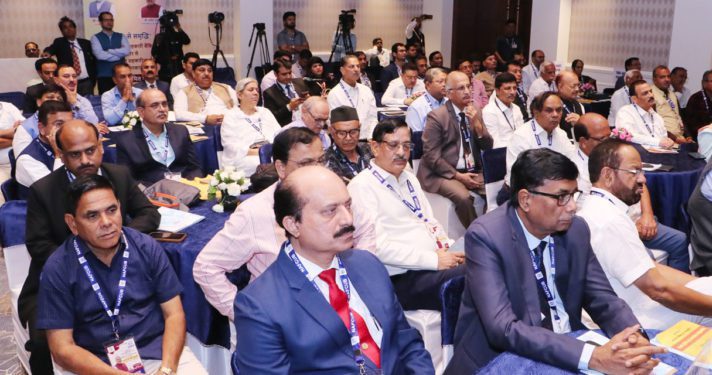







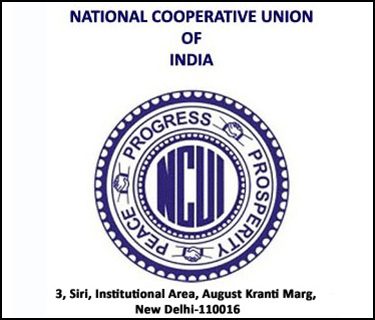

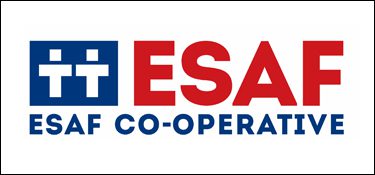



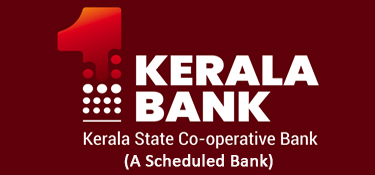






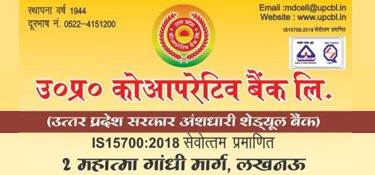



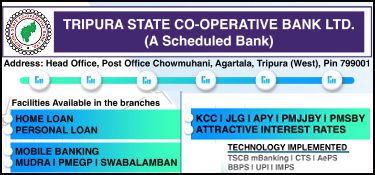















Sir
You all have never a UCB in working , speaking out of mind . Carry on your illusion.
Very Good move from RBI , this will further strengthen 33% stake holders of Indian Economy , the CoOperative sector
Subject: Suggestions for Strengthening the Capital Structure and Liquidity Management of Urban Cooperative Banks (UCBs)
Respected Sir/Madam,
I would like to share my views on improving the capital structure and liquidity management of Urban Cooperative Banks (UCBs), considering the unique challenges they face in comparison to commercial banks. Due to the cooperative nature of their ownership and funding mechanisms, UCBs have distinct characteristics that require tailored regulatory support.
Key Elements of UCB Capital Structure:
1. External Capital Sources:
Deposits
Share Capital
However, in the current competitive banking environment, UCBs are increasingly facing challenges related to liquidity adequacy. With a careful evaluation and redesign of Cash Reserve Ratio (CRR) and Statutory Liquidity Ratio (SLR) norms by the RBI, UCBs can improve their internal liquidity generation. I believe such adjustments will empower UCBs to generate internal sources for raising capital and improve their financial health.
Below are my suggestions for enhancing the liquidity and capital adequacy of UCBs:
2. Borrowings – Internal Capital Raising:
Utilization of SLR Investments: Since demonetization in 2016, UCBs have been required to invest 18% of their deposits in Government and State Government Securities as per SLR norms. Currently, the yields on these bonds are insufficient to support working capital requirements. I propose that the RBI permits UCBs to pledge State Development Loans (SDL) and Government Securities as collateral for advances, at bearable interest rates. This would enhance their working capital ratio.
Alternatively, a certain percentage of the excess SLR investment could be allowed to be considered part of the maintainable CRR, thus providing additional liquidity.
3. Restructuring of Maintainable CRR – Internal Capital Raising:
Inclusion of Call and Overnight Deposits: I suggest that a portion of overnight and call deposits be considered part of the maintainable CRR computation. Furthermore, apart from public sector banks’ current deposits, the RBI could consider including the current account balances of select private and scheduled cooperative banks, as determined by the RBI, in CRR calculations. This adjustment would enhance UCBs’ ability to manage liquidity effectively.
Urban Co-operative Banks should align dividend payments strictly with the cost of deposits, instead of offering high dividends (such as 10% or more) to shareholders. Additionally, replacing dividend gift articles with direct capital retention strategies will help minimize expenditure. Unlike gift articles, which are distributed equally among shareholders regardless of their stake, dividends are allocated proportionately based on the amount of shares held. This shift will optimize operational costs, retain more earnings, and improve working capital. Strengthening capital in this way will also enhance liquidity, support sustainable growth, and ensure regulatory compliance
These suggestions are aimed at strengthening the capital structure and liquidity framework of UCBs, enabling them to better compete in the banking sector while maintaining financial stability.
I hope my points of view will be considered for further deliberation and implementation.
Thank you for your time and consideration.
Chirag Parikh